




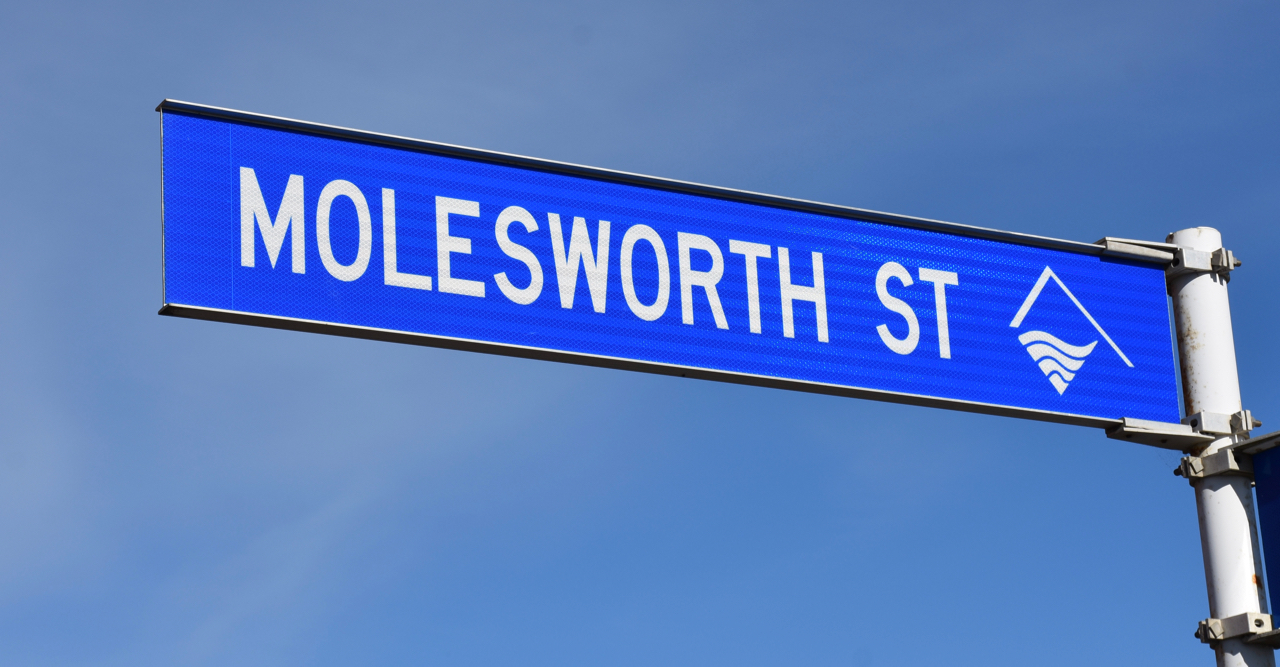
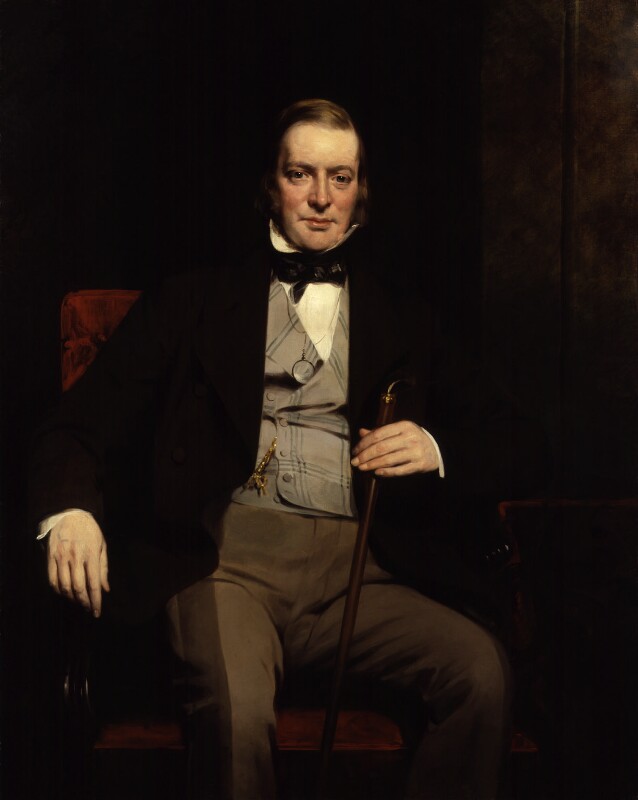
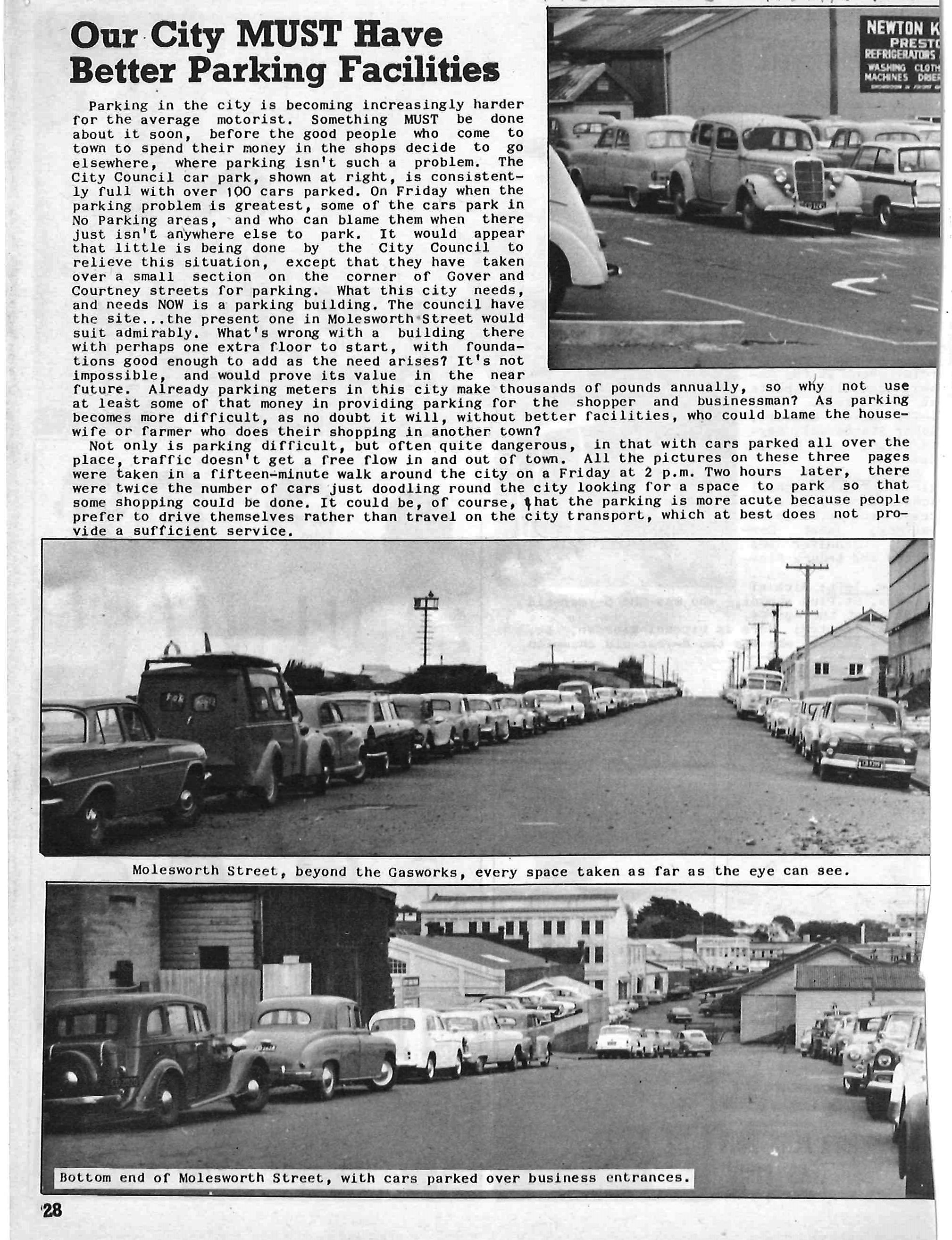
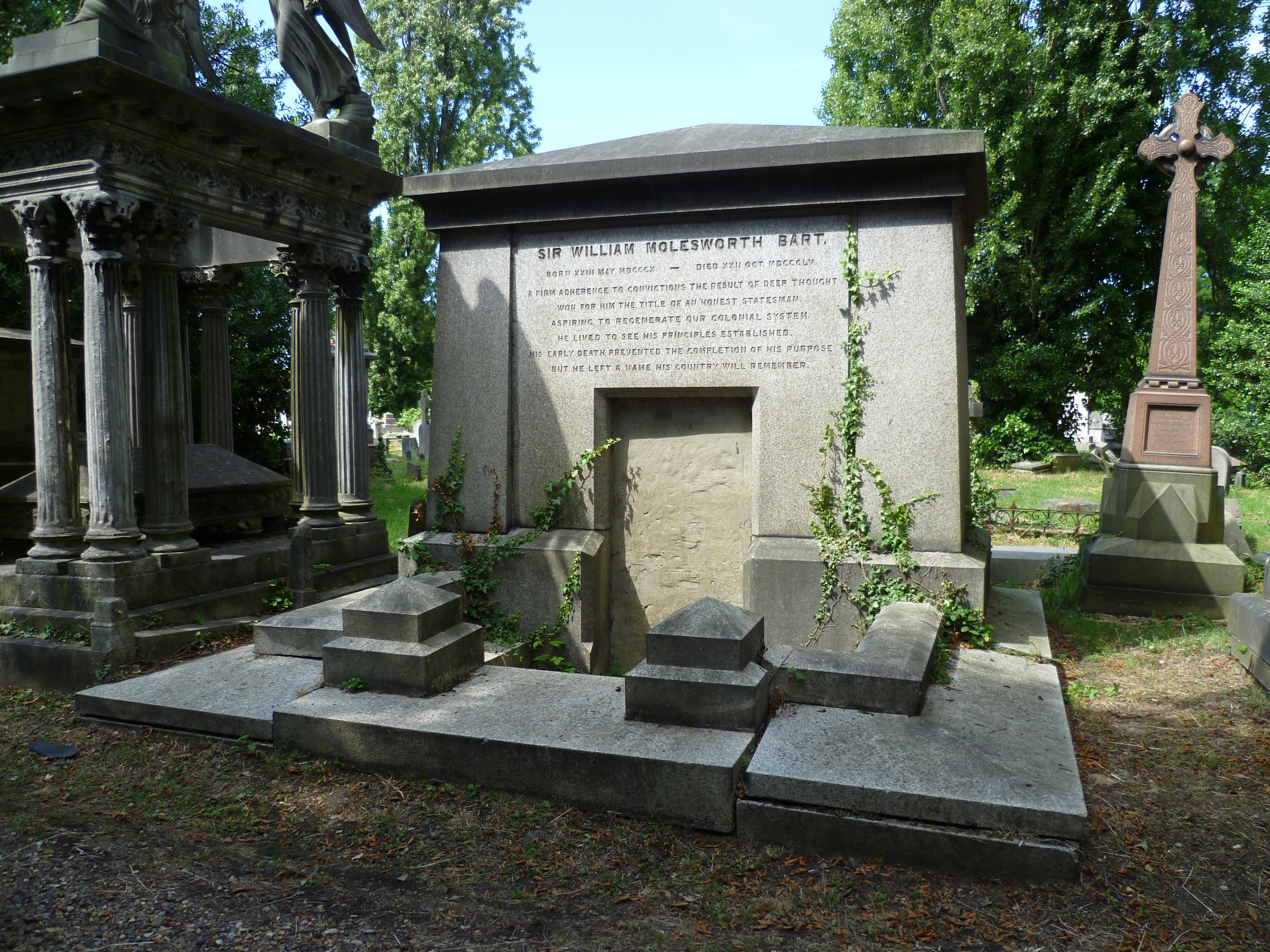
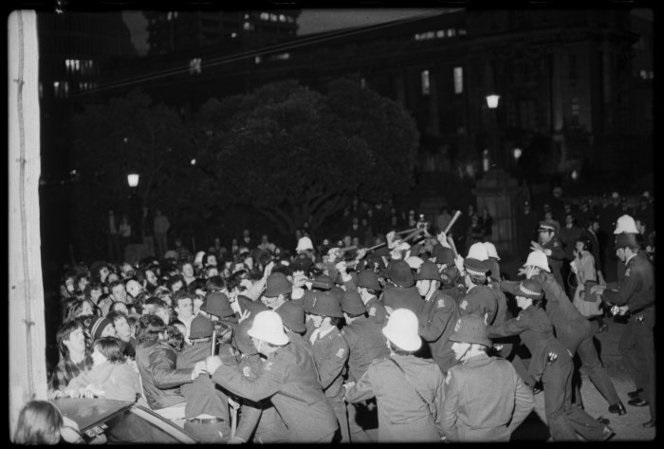
The Battle of Molesworth St took place in Wellington on 29 July 1981, the day the Springboks defeated Taranaki. Protesters planned to march along Molesworth St to the house of the South African consul-general. Police with batons tried to stop them. The police violence was said to have been "on a scale unprecedented in New Zealand history".
In a much calmer environment, Molesworth Station is a unique part of the South Island high country. Still a working station, in 2005 it was added by the Department of Conservation to New Zealand's network of high country parks and reserves.
In New Plymouth, Molesworth St merges into St Aubyn St at Liardet St.
These were all named after Sir William Molesworth, a baronet and politician who was a member of parliament for Cornwall. As a student at Trinity College, Cambridge, he fought a duel with his tutor and was sent down from the university.
He served as chairman of a committee that assessed convict transport as a punishment. He concluded that the existing system was ineffective as a deterrent to crime.
Each convict was assigned to a master. Some were treated as slaves, while others were welcomed into the host family. Their fate in no way reflected the severity of the crimes for which they were transported.
Molesworth was a supporter of the Plymouth Company's recruitment of free settlers. An owner of extensive estates in Devon and Cornwall, he induced many of his tenants to emigrate with the Plymouth Company.
Baronet Molesworth died on 22 October 1855, aged 45, and is buried at Kensal Green Cemetery in London.
This story was originally published in the Taranaki Daily News.
Death of Sir William Molesworth. (2 February 1856), Taranaki Herald, Volume IV, Issue 183
LinkPlease do not reproduce these images without permission from Puke Ariki.
Contact us for more information or you can order images online here.